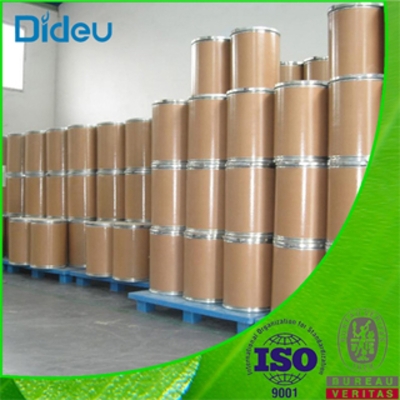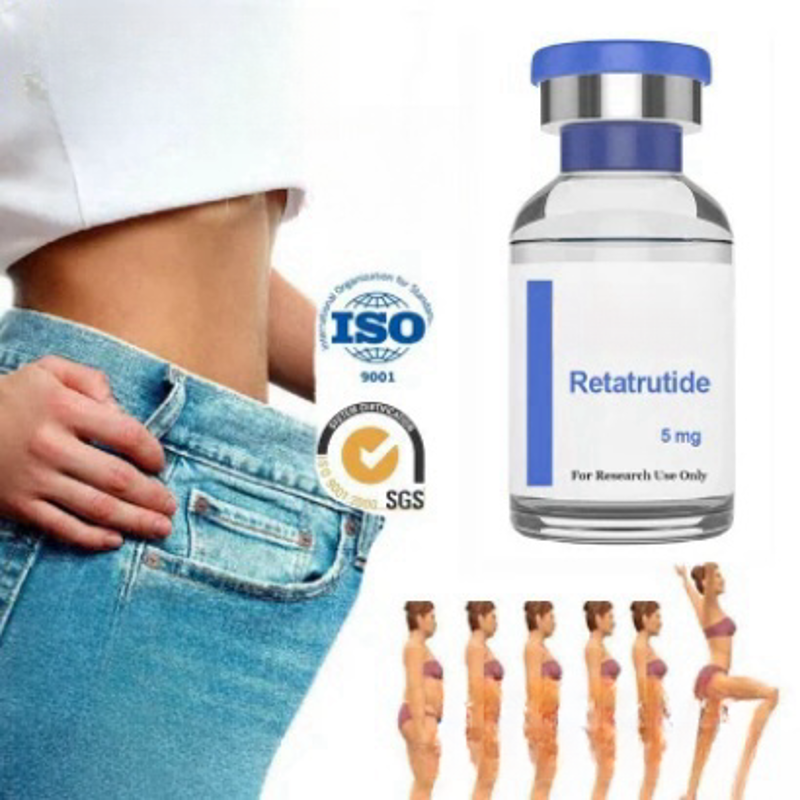-
Categories
-
Pharmaceutical Intermediates
-
Active Pharmaceutical Ingredients
-
Food Additives
- Industrial Coatings
- Agrochemicals
- Dyes and Pigments
- Surfactant
- Flavors and Fragrances
- Chemical Reagents
- Catalyst and Auxiliary
- Natural Products
- Inorganic Chemistry
-
Organic Chemistry
-
Biochemical Engineering
- Analytical Chemistry
-
Cosmetic Ingredient
- Water Treatment Chemical
-
Pharmaceutical Intermediates
Promotion
ECHEMI Mall
Wholesale
Weekly Price
Exhibition
News
-
Trade Service
N-Methyl-cyclohexane-1,4-diamine (MCD) is a widely used chemical intermediate in the production of various products such as plastics, textiles, and dyes.
The chemical industry relies heavily on the production and use of MCD, making it an essential component in the manufacturing process of many products.
As such, the accurate and efficient instruction of MCD is critical to ensure the quality and consistency of the final products.
The production of MCD typically involves several steps, starting with the reaction of cyclohexanamine with methylamine.
The resulting product is then hydrogenated to remove any unwanted impurities and improve the overall quality of the material.
The final step involves the dehydration of MCD to produce the final product, which is an N-methyl-cyclohexane-1,4-diamine.
One of the most critical steps in the production of MCD is the instruction of the reaction between cyclohexanamine and methylamine.
This reaction requires careful control of the temperature, pressure, and reactant proportions to ensure that the reaction proceeds smoothly and efficiently.
The use of incorrect reaction conditions can result in poor quality products or even accidents in the production process.
To ensure the accurate instruction of the reaction, chemical companies often use specialized equipment such as reactors, stirrers, and temperature and pressure controllers.
These devices allow operators to closely monitor and control the reaction conditions, which is essential for producing high-quality MCD.
Another critical aspect of MCD production is the hydrogenation step, which is used to remove any impurities that may have been introduced during the reaction stage.
Hydrogenation is typically carried out using a hydrogen gas atmosphere and a metal catalyst, such as palladium or platinum.
The use of hydrogenation is essential for ensuring the purity and consistency of the final product.
Finally, the dehydration step is used to produce the final product, N-methyl-cyclohexane-1,4-diamine.
This step typically involves the use of heat and a dehydrating agent, such as sulfuric acid or phosphoric acid.
The dehydration step is critical for ensuring the stability and shelf life of the final product.
In conclusion, the production of N-methyl-cyclohexane-1,4-diamine is a complex process that requires careful control and attention to detail.
The instruction of each step is critical for ensuring the quality and consistency of the final product, which is a crucial component in the production of many chemical products.
As such, chemical companies must invest in specialized equipment and training to ensure that they can produce high-quality MCD efficiently and safely.







